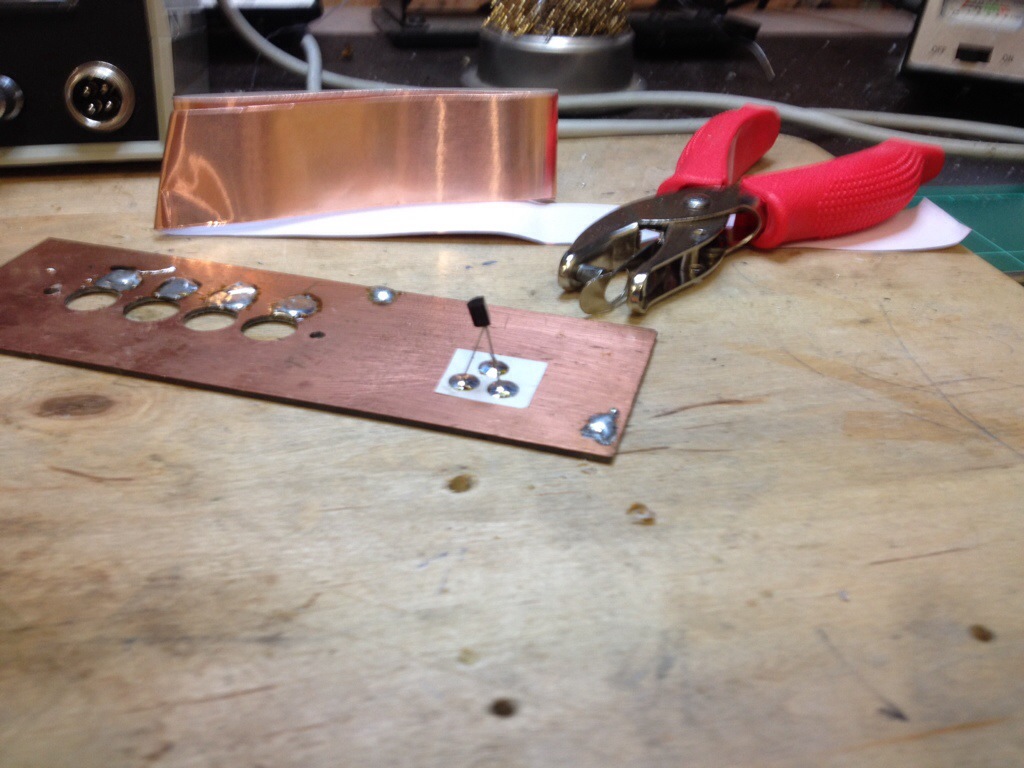
With some sadness I must report that as of October 5th 2014 the QRP Homebuilder web site of Todd Gale, VE7BPO is no longer with us.
QRP Homebuilder was one of the truely great Internet resources for the electronics enthusiast. A collection of homebrew experiments explained in simple, clear, practical terms with working examples. Intermixed with some truely outstanding graphics and images, all of which made the QRP Homebuilder web site an absolute standout.
After the loss of a lengthy and protracted battle with an Internet Service Provider (ISP) over maintaining suitable levels of service bandwidth for the site. Todd made the difficult decision to pull the site entirely. Rather than have it limp along in lame duck fashion.
The good news is that there is a silver lining to this dark grey cloud. And not all has been lost to the great “Bit-Bucket” in the virtual sky.
Todd is launching a new Blog which will be available here:-
Todd has also graciously archived just about the entire content from the original QRP Homebuilder web site into one single large (~40Mb) PDF file. Which will be made available for download from several Amateur Radio blog sites. Including this one! And so with Todd’s permission I am very, very pleased to be able to offer the following download link:-
QRP Homebuilder PDF Archive File (~40Mb)
Viva QRP Homebuilder and thanks Todd!
73, Steve
VK2SJA


